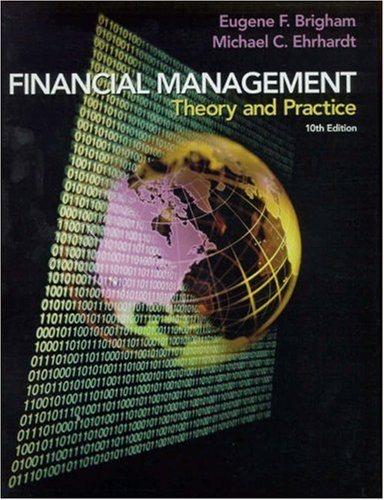please answer d-f

CULLIUR Two exchange-listed companies U and I have identical investment projects that yield perpetual operating income of 20 million p.a. for each company. There are no corporate taxes. The company U is all-equity financed with a cost of capital of 10% p.a. The company L takes on debt which consists of perpetual bonds. The debt has a market value of 50 million and it costs 6% p.a. (a) Calculate the market value of company U's equity. (b) Suppose the market value of company L's equity is 170 million. What are the equity cost of capital and WACC for company L? (c) Based on the financial data given in the question and your results in (a) and (b), would you consider the share prices of the two companies to be in equilibrium? What are hints that they aren't? (d) Show how a costless arbitrage profit can be earned from this situation. Be specific about the arbitrage strategy and the amount of profit earned by assuming that there exists an investor who can short a (0.1) fraction of company L's equity and its perpetual bonds. (e) In which directions will prices move as a result of the arbitrage activity, and when will the arbitrage activity stop? (t) Suppose the assumptions underlying the Modigliani-Miller propositions hold (except that the capital market is obviously not in equilibrium) and company U is correct- ly priced. How would company L's equity value need to be revised to obtain an equilibrium? Calculate the cost of equity and total capital of company L. od wers (a) Market value of Company U's equity = 200 Market value of equity - Operating income / cost of capital Millions (b) If L's market value of equity is 170 Million Debt is 50 Million = 11.76 Equity cost of capital = Operating income / market value *100 WACC = Cost of capital (c) 2 Millions Cost of capital of company U = Market value *Cost of capital rate 3 Millions Cost of capital of company L= value of bond*Cost % Based on the details given and calculated above share of companine are not in equilabrum CULLIUR Two exchange-listed companies U and I have identical investment projects that yield perpetual operating income of 20 million p.a. for each company. There are no corporate taxes. The company U is all-equity financed with a cost of capital of 10% p.a. The company L takes on debt which consists of perpetual bonds. The debt has a market value of 50 million and it costs 6% p.a. (a) Calculate the market value of company U's equity. (b) Suppose the market value of company L's equity is 170 million. What are the equity cost of capital and WACC for company L? (c) Based on the financial data given in the question and your results in (a) and (b), would you consider the share prices of the two companies to be in equilibrium? What are hints that they aren't? (d) Show how a costless arbitrage profit can be earned from this situation. Be specific about the arbitrage strategy and the amount of profit earned by assuming that there exists an investor who can short a (0.1) fraction of company L's equity and its perpetual bonds. (e) In which directions will prices move as a result of the arbitrage activity, and when will the arbitrage activity stop? (t) Suppose the assumptions underlying the Modigliani-Miller propositions hold (except that the capital market is obviously not in equilibrium) and company U is correct- ly priced. How would company L's equity value need to be revised to obtain an equilibrium? Calculate the cost of equity and total capital of company L. od wers (a) Market value of Company U's equity = 200 Market value of equity - Operating income / cost of capital Millions (b) If L's market value of equity is 170 Million Debt is 50 Million = 11.76 Equity cost of capital = Operating income / market value *100 WACC = Cost of capital (c) 2 Millions Cost of capital of company U = Market value *Cost of capital rate 3 Millions Cost of capital of company L= value of bond*Cost % Based on the details given and calculated above share of companine are not in equilabrum









